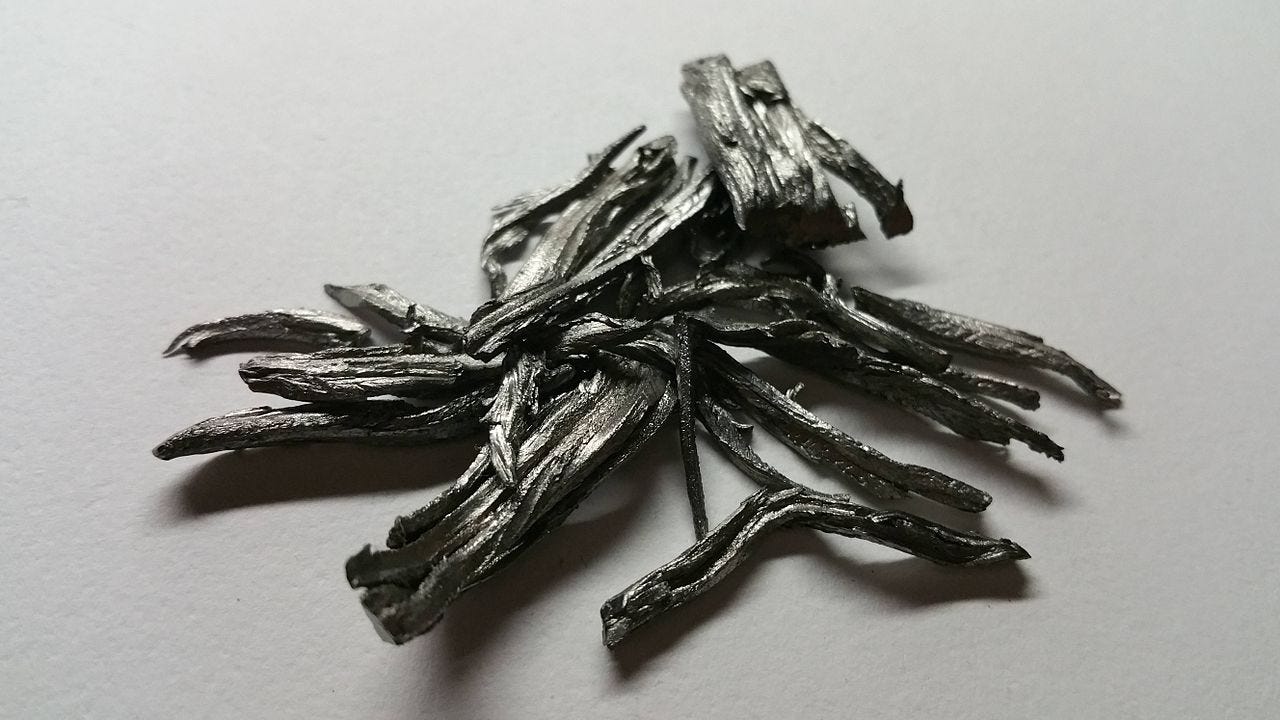China Refines the World’s Rare Earth Elements
China’s continuing dominance in rare earths is not because of a favorable distribution of natural deposits, but a victory of industrial and trade policy.

Rare earth elements (REEs) are seventeen chemical elements with a wide range of critical uses across industry and electronics due to their unique magnetic and conductive properties. They are key to high-performance electronics when used for batteries, magnets, and luminescence, for example in the displays of smartphones and computers or in military sensors. Rare earths are also commonly used as catalysts in automobiles and petroleum refining, and are used industrially to produce high-quality steel and glass. The term “rare earth element” is a misnomer: rare earths are generally more geologically abundant than many commonly used commodity metals like copper, tin, and lead. Thulium and lutetium, two of the least abundant rare earth elements, are still 200 times more abundant than gold in the Earth’s crust. While rare earth deposits are mined much like any other mineral is mined, the bottleneck on rare earths is rather the concentration and purity of natural deposits and the need to refine mined minerals with energy-intensive processes. In 2021, China alone produced 85% of the global supply of refined rare earths.1 China also made up about 63% of global rare earth mining in 2019 and, between 2015-18, the United States imported 80% of rare earth compounds and metals directly from China.2

